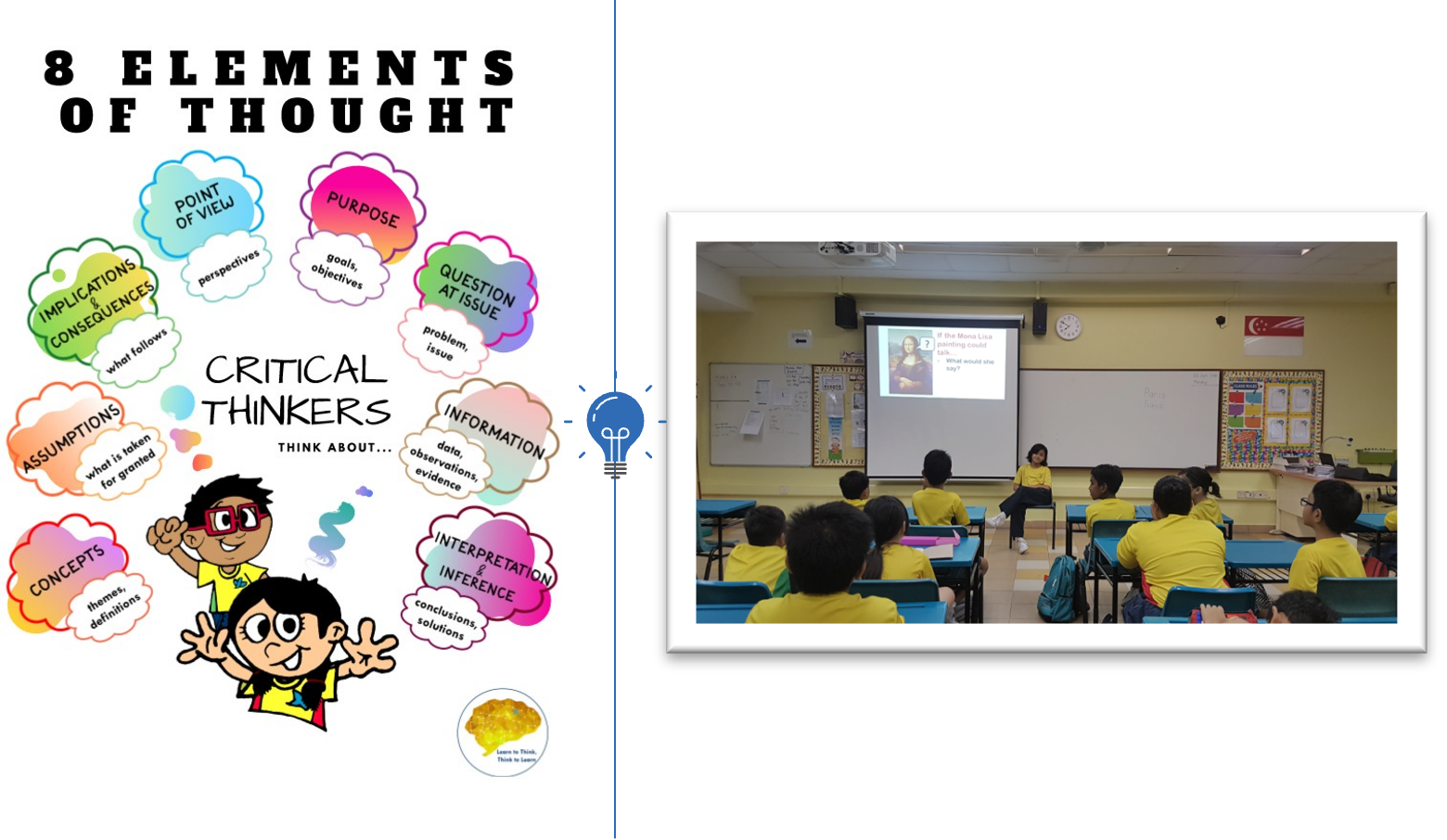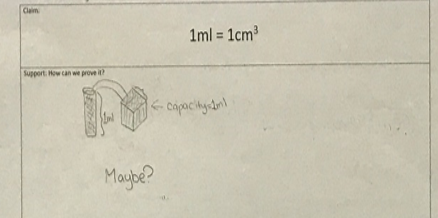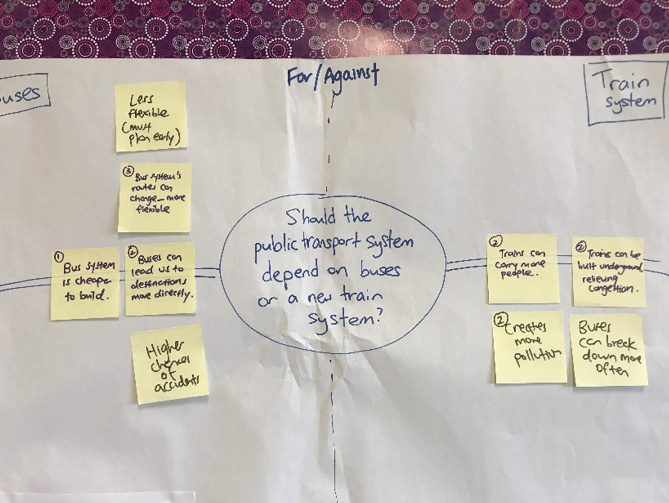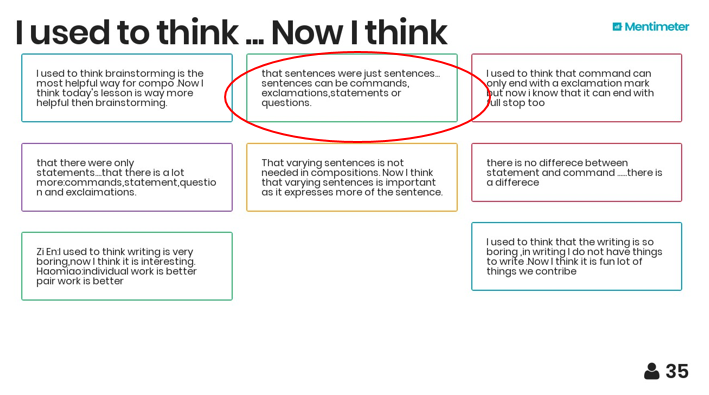Learn To Think, Think To Learn
Programme Objectives:
‘Learn to Think, Think to Learn’ is a school-wide movement which aims to develop students into life-long learners by increasing student engagement and deepening understanding of subject content through equipping them with critical and inventive thinking skills.
Overview:
Why do we focus on thinking? Firstly, we believe that learning happens as a result of thinking. We need access to students’ thinking so that we can help them improve in their learning. Secondly, we believe that equipping students with the skills and dispositions to think critically and creatively can help them in the world they will grow up into – for example, the increasing polarisation of views and prevalence of fake news.

Thinking is infused into our total curriculum, be it using thinking routines and Paul’s Elements of Thought to help students think critically through subject content, or in various key curricular programmes such as our ALP and Computational Thinking Enrichment Programme. Thinking enables student agency and voice. When students come to realise that their thinking matters and can have impact, they grow as confident learners, ready for the future.
 • A poster displayed in every classroom, and present in every student handbook, to remind students of what critical thinkers think about.
• A poster displayed in every classroom, and present in every student handbook, to remind students of what critical thinkers think about.
• A student stepping inside Mona Lisa’s shoes during an Art lesson to gain a better understanding of the painting by taking her point of view.

• A written record of a group activity where students attempted to justify a Maths claim by providing logical and evidence-based support.

• Students as a class working through a dilemma in an English lesson by evaluating their options, using the Tug-of-War routine.

• Students exploring ideas in a music lesson through the use of the Chalk Talk routine, in which all students’ thinking can be made visible for commenting.

• Students reflecting on how their thinking has changed before and after the lesson.

